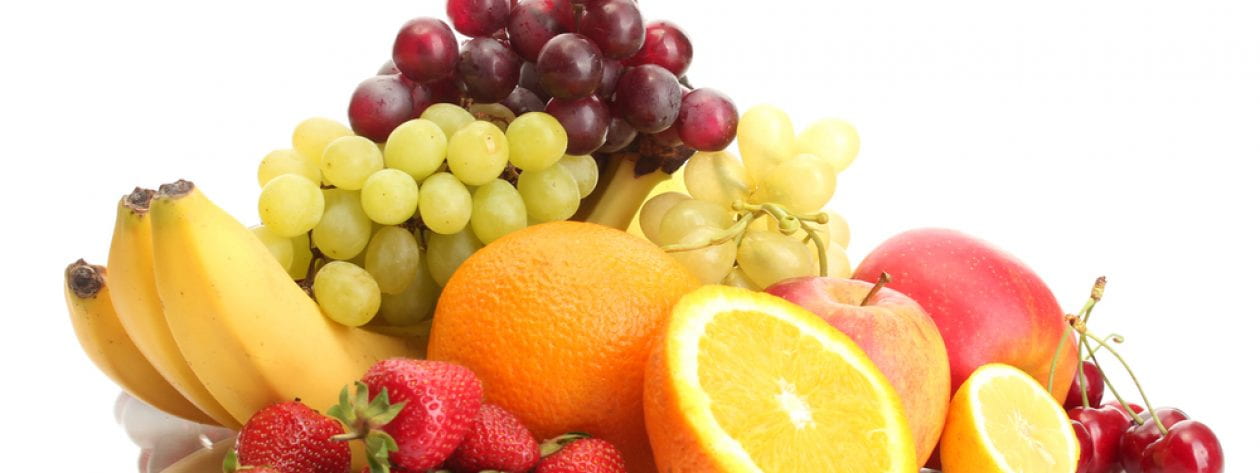Do you ever leave the dining hall feeling over-filled, sluggish, and in need of a nap, but you still have mounds of homework to do? Don’t worry, we’ve all been there, which is why we’re here to help! We’ve put together a few simple tips to help you curb the habit of overeating in the buffet, while incorporating more nutritious options onto your plate.
Look at the menu beforehand and plan out your meal. This will give you a game-plan and it also allows you to review the nutrition information for many menu items in advance. Our menus are available at menus.hfs.psu.edu, or simply google “psu menus,” choose the dining hall you’ll be eating at, and plan your meal!
Practice volumetric eating. Pioneered by Penn State’s very own professor Dr. Barbara Rolls, volumetric eating focuses on the energy density of foods. Foods like fruits and vegetables are low in calories and high in vitamins, minerals, and antioxidants. These foods, when eaten in large amounts, have the ability to fill you up for less calories. Load up on fruits and vegetables first, then choose your source of protein and whole grains. Making half your plate fruits and vegetables is a form of volumetric eating! Your plate could look like this:
https://www.choosemyplate.gov/
Rethink dessert options. Many traditional desserts, like cookies, cakes, and brownies, can add a lot of excess calories, sugar, and fat into your diet. Try shrinking your portion size by splitting dessert with a friend, or opt for a healthier alternative, like a yogurt parfait! Choose a yogurt (we even have dairy-free yogurts available in some locations!), and top it with granola, fruits, and nuts or seeds. This can satisfy your sweet tooth without slowing you down!
Make sure the food you take is not the food you waste! Despite the stereotype of all-you-can-eat buffets, you don’t have to take an enormous amount of food! This can help lower food waste on campus and help you avoid overeating, too. Using smaller plates and bowls can support proper portioning and help you avoid overeating in the dining halls.
Try using these simple strategies during your next meal and enjoy the energy boost that a balanced meal can give you!
Stay RHEAL, PSU!





